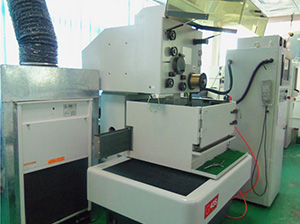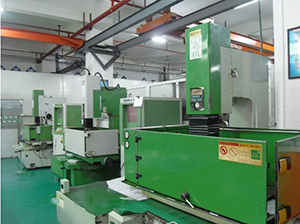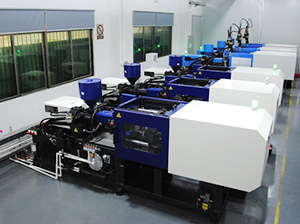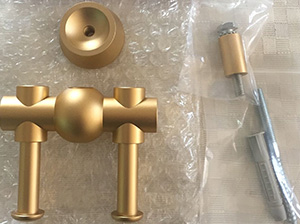 Jul. 20, 2023
Jul. 20, 2023
When selecting CNC aluminum parts for specific applications, several factors need to be considered to ensure optimal performance and functionality. These factors include material properties, design requirements, manufacturing capabilities, and cost considerations.XuFeng will provide comprehensive guidelines on the factors to consider when selecting CNC aluminum parts for specific applications.

Hot Tags: About XuFeng ,More products
1. header-icon
When selecting CNC aluminum parts for specific applications, several factors need to be considered to ensure optimal performance and functionality. These factors include material properties, design requirements, manufacturing capabilities, and cost considerations. This article will provide a comprehensive guide on the factors to consider when selecting CNC aluminum parts for specific applications.
2. Material Properties:
Aluminum alloys offer a wide range of material properties that can be tailored to meet specific application requirements. Consider the following factors:
a. Strength and Hardness: Determine the required strength and hardness of the aluminum parts based on the application's load-bearing capacity and durability requirements.
b. Corrosion Resistance: Evaluate the level of exposure to moisture, chemicals, or other corrosive environments and select aluminum alloys with appropriate corrosion resistance properties.
c. Thermal Conductivity: Consider the application's thermal requirements and choose aluminum alloys with optimal thermal conductivity properties.
d. Electrical Conductivity: If the application requires electrical conductivity, select aluminum alloys with high electrical conductivity properties.

3. Design Requirements:
The design requirements of the specific application play a crucial role in selecting CNC aluminum parts. Consider the following factors:
a. Geometric Complexity: Assess the complexity of the part's geometry and determine if CNC machining can achieve the desired design features. Evaluate if additional post-machining processes, such as finishing or assembly, are required.
b. Tolerance and Accuracy: Define the required tolerances and accuracy levels for the aluminum parts to ensure they meet the application's functional and performance requirements.
c. Surface Finish: Determine the desired surface finish and texture of the aluminum parts based on aesthetic considerations or functional requirements, such as reducing friction or improving wear resistance.
4. Manufacturing Capabilities:
Consider the manufacturing capabilities and limitations when selecting CNC aluminum parts. These include:
a. CNC Machining Expertise: Evaluate the expertise and experience of the manufacturing facility in CNC machining aluminum parts. Ensure they have the necessary equipment, tools, and knowledge to handle the specific requirements.
b. Size and Complexity: Assess if the manufacturing facility can accommodate the size and complexity of the aluminum parts. Consider the available CNC machines, their capabilities, and spindle power to handle the required machining operations.
c. Tooling and Fixturing: Evaluate the availability and cost of specialized tooling and fixturing required for CNC machining aluminum parts. Consider the complexity of the part and the ability to hold it securely during machining.

5. Cost Considerations:
Cost is a significant factor when selecting CNC aluminum parts. Consider the following cost-related factors:
a. Material Cost: Evaluate the cost of different aluminum alloys and their availability in the market. Consider the balance between material performance and cost-effectiveness.
b. Machining Time: Assess the complexity of the part's geometry and evaluate the machining time required. Optimize the design to minimize machining time and reduce costs.
c. Post-Machining Operations: Consider additional post-machining operations, such as finishing, coating, or assembly, and their associated costs.
d. Quantity and Lead Time: Evaluate the required quantity of aluminum parts and the lead time for production. Consider the economies of scale and the ability to meet production deadlines.

In conclusion, selecting CNC aluminum parts for specific applications involves considering material properties, design requirements, manufacturing capabilities, and cost considerations. By carefully evaluating these factors, manufacturers can ensure the selected aluminum parts meet the application's performance, functionality, and cost requirements.
 Previous: Rapid Prototype Aluminum Parts
Previous: Rapid Prototype Aluminum Parts